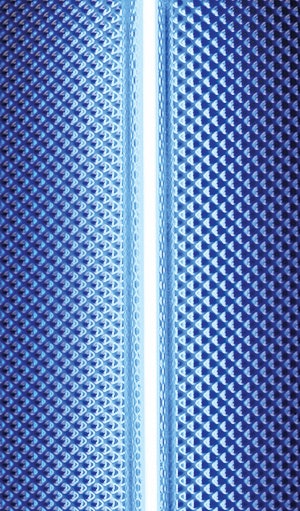
Back in late October of last year, AQUA Executive Editor Scott Webb asked me to research and write a story about UV sanitation systems in spas and hot tubs. That piece, which appears in this issue, is essentially a follow up to a feature I wrote for our July 2014 issue covering alternative sanitizers, specifically ozone, UV and ionizers.
I’ve always been fascinated by water chemistry and water treatment technologies, and as is the case with each technology I cover, my research about UV and its growing acceptance in the pool and spa industry was more than a little edifying. Like many oncoming technologies, UV systems do appear to provide builders, servicers and facility managers with a tool they can use to meet client demands for quality water, especially so for those trying to reduce sanitizer levels.
Yet there’s one interesting aspect to the UV discussion. While the technology may be new to the pool and spa industry, it’s long been accepted in other industries that rely on clean water, including the wastewater treatment industry.
I first became familiar with the technology in the late ’90s when covering the pond and stream market for another publication. At that time, nary a word was spoken about UV in the pool and spa industry, but the systems were already commonplace in bodies of water that contain fish and aquatic plants. Later on in the early 2000s, I started hearing about UV being used in pools, and the movement into UV rapidly gained momentum after years of being virtually ignored.
That acceptance curve reminded me of what the industry experienced with electrolytic saltwater chlorine generation systems. Those systems, which originated in Australia, started appearing in the U.S. pool industry in the mid-90s — but like UV, wouldn’t gain widespread acceptance until years later.
Again, when the industry embraced the benefits of saltwater systems, they quickly became extremely popular. It’s certainly not unusual for newer technologies to take awhile to catch on in our industry. After all, the pool industry is one that has relied on a fairly static set of technologies for years, and professionals are naturally cautious when considering products and systems they haven’t used before.
Besides what might be considered understandable lag time in embracing technological concepts, there’s also a cautionary tale to consider. Using the saltwater systems as an example, the momentum those products experienced in the early part of this young century came with a price. While professionals were eager to embrace the benefits of the systems, the technology was marketed by some firms as chlorine-free and virtually maintenance free, neither of which is true.
The hype created unrealistic expectations on the part of consumers and many would argue a lackadaisical approach to service and maintenance on the part of some professionals. That over-selling of salt systems resulted in a backlash that stemmed from problems in maintaining proper water balance and corrosion of some masonry materials and stainless steel equipment components.
Like all technologies, it turned out that saltwater chlorination wasn’t perfect, not the end-all, be-all method some once touted. The systems did require maintenance and some tempering of homeowner expectations for service and maintenance.
As I studied UV technology in light of its relatively recent entry into pools and spas, comparisons to salt systems began to emerge, at least in my mind. Specifically, both systems do provide innovative benefits in water treatment schemes and both have their limitations.
In the case of UV, proponents of the technology point out that these systems must be used in conjunction with some other type of sanitizer, simply because UV only treats what as its flowing through its contact chamber. And, these systems must be sized properly in terms of water flow and light output. When applied properly along with properly calibrated expectations, these systems perform as advertised.
The potential drawback is that with the growing popularity of the technology, some in the industry may shortcut proper sizing, installation and service, just as some did in the case of saltwater chlorinating systems. The problem wasn’t with the science or technology, per se, but with the way it was marketed and applied. We’re a smart bunch; I’ll bet we get it right this time.
Comments or thoughts on this article? Please e-mail [email protected].












































